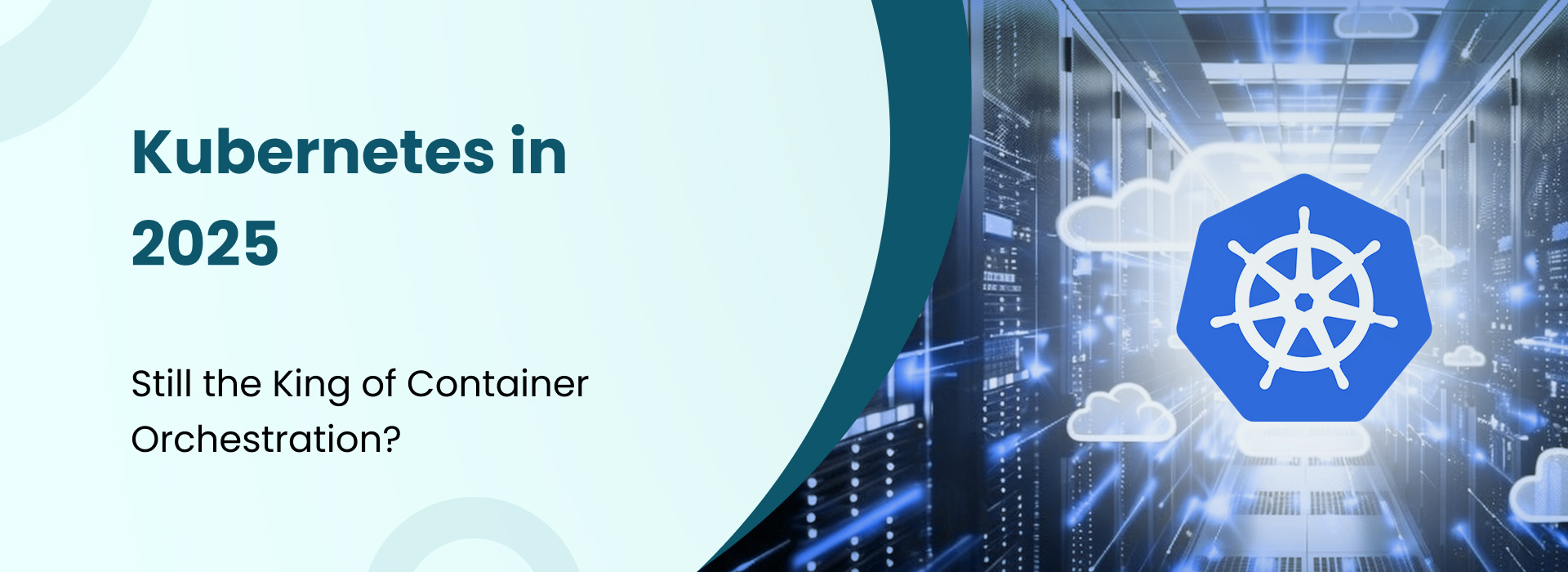Following are the best strategies that should be known by the developers:
1. Blue-Green Deployment
Operates two production environments. One is production traffic and the other one is idle or staging.
Install new version on non-productive environment, test and switch the traffic.
In case of an issue, back up with tolerance to the former environment.
2. Canary Releases
Deploy new version to red team users/servers.
Quasiassess behavior (percent episode errors, performance).
If stable, expand gradually.
3.Rolling Deployments
Filter update individually (or batch).
The old version has some instances with it as it runs and others are updated.
4. Feature Toggles / Feature Flags
Allow any new functionality behind switches.
Enabling logs by default and deploying shorter deployment time.
Advocates for dark releases, kill switches.
5. Shadow Deployments
Implement a new version and existing version.
Reproduction of mirror traffic to the new version without introducing it to end users.
They can be useful in performing tests and worst still, testing behavior in a live environment.
6. A/B Testing
Operated more as a user experience as opposed to canary.
Front-end traffic can be divided into two or more variants to control the best performer.
Web development companies may often use it, or it may be used for enhancing UX in travel portals or e-commerce.
7. Everlasting Infrastructure and Containerization
Rebuild new pictures/images and discard those that are old rather than adjusting servers.
Use VM Disposable Wears Or Docker images.
8. Infrastructure as Code
Describe infrastructure through a code (Terraform, Azure Resource Manager / Bicep, AWS CloudFormation).
VC infrastructures.
Automate to provide and tear down environments.
9. Function-as-a-service / Serverless.
Event-driven functions.
The automatic scaling of deployment is typically rapid.
Cold Starts are something that should be taken into account.
Suits auxiliary services or micro-quality features, as opposed to full monoliths.












